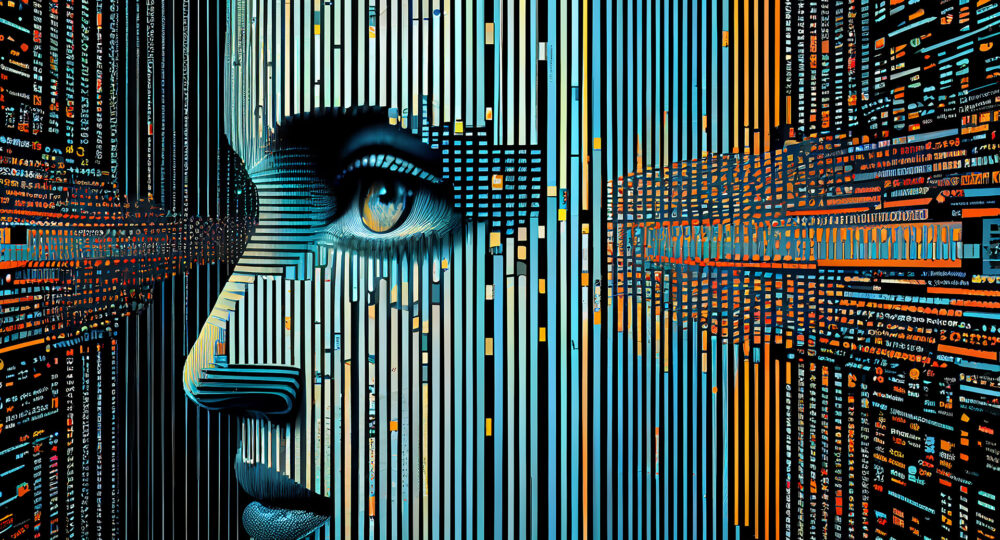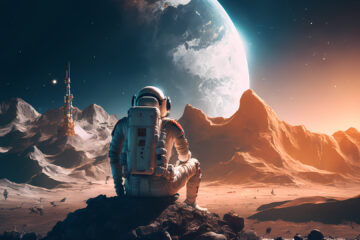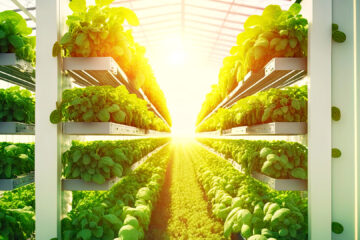
AI and Art: The Intersection of Technology and Creativity
In the ever-expanding universe of digital technology, artificial intelligence (AI) has emerged as a pioneering force in scientific fields and artistic expression. This fusion of AI and art is not just a novelty; it represents a fundamental shift in how we perceive creativity, blurring the lines between human and machine-generated art.
The Genesis of AI in Art
AI’s foray into art began as an extension of its pattern recognition and learning capabilities. AI systems started creating works by leveraging algorithms and neural networks that were aesthetically pleasing and conceptually intriguing. These initial experiments laid the foundation for a new genre of art, one where the artist and the algorithm co-create.
How AI Crafts Art?
AI-creating art often starts by feeding it large datasets of images or styles; using this as a learning base, AI algorithms generate new pieces by identifying patterns, styles, and structures. Deep learning and neural network technologies, such as Generative Adversarial Networks (GANs), have been instrumental in this process, enabling AI to produce increasingly complex and nuanced work.
The Human-AI Collaboration
At the heart of AI art lies the symbiotic relationship between the human artist and the AI. Artists program the AI, curate its inputs, and often guide its outputs, creating a collaborative process. This partnership is reshaping the artistic landscape, pushing the boundaries of what’s possible and challenging our notions of creativity and originality.
Challenges and Ethical Considerations
The rise of AI in art raises several questions. One pertains to the authorship and originality of AI-generated art. Another revolves around the ethical use of data and the potential for AI to replicate existing biases in its source material. These challenges are as much a part of the conversation as the art itself.
AI Art in the Public Sphere
AI art has started to make its mark in galleries, exhibitions, and the broader art market. Its presence is a testament to its growing acceptance and the curiosity it sparks in viewers, who often ponder the nature of art and creativity.
Future Directions
As AI continues to evolve, so will its role in art. We’ll likely see more sophisticated and nuanced artworks and perhaps even entirely new art forms and styles from this collaboration. The possibilities are as limitless as the algorithm’s learning capacity and the artist’s imagination.
AI and art are charting new territories in creative expression together. This journey is not just about the artworks produced but also about the conversations they spark, challenging our preconceptions and opening new vistas of imagination. In this fusion, we find a mirror reflecting our evolving relationship with technology and a window into the future of creativity.
References:
- The Creative Act: A Way of Being by Rick Rubin
- Artificial Unintelligence: How Computers Misunderstand the World by Meredith Broussard
- The Black Box Society: The Secret Algorithms That Control Money and Information by Frank Pasquale









